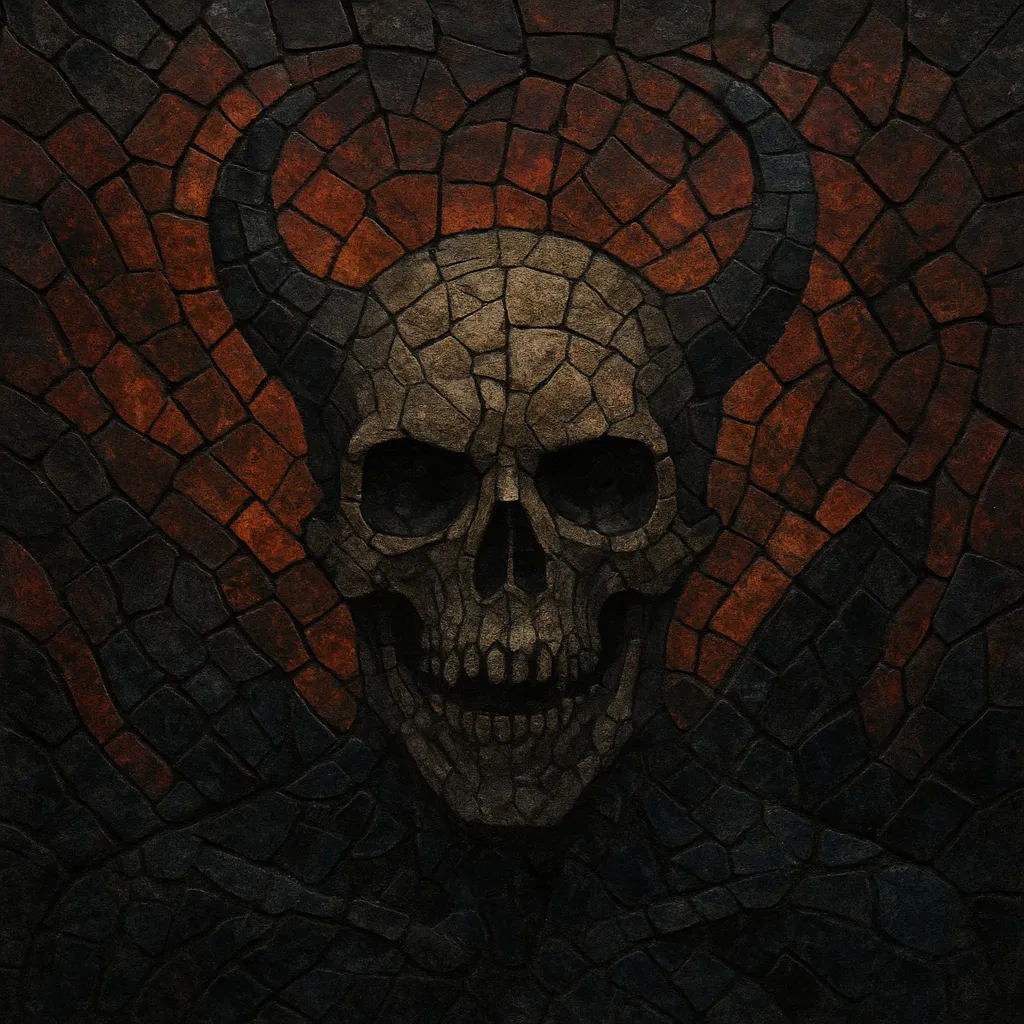Downtempo deathcore is an ultra-slow, hyper-heavy offshoot of deathcore that emphasizes crushing, half-time breakdowns, extreme low tunings, and bleak atmosphere.
Instead of constant blast beats or fast tremolo, the style prioritizes spacious, syncopated chugs, sub‑drops, and long rests that make each hit feel catastrophic. Vocals typically lean on deep false‑cord gutturals, tunnel growls, and occasional pig squeals, with lyrical themes centered on nihilism, violence, despair, and street‑level realism.
Production often layers 808 subs with kick drums, brickwall‑limited guitars, and sharp china/splash accents to maximize impact. Sparse dissonant leads, samples, and cinematic swells are used to deepen the ominous mood, while the groove remains slow, simple, and tactically punishing.
Deathcore’s first wave established the mix of death metal and metalcore breakdowns, but a parallel taste for slower, heavier moments was already forming. Bands like The Acacia Strain and early beatdown‑leaning metalcore/hardcore acts normalized ultra‑slow breakdowns and bleak, down‑tuned riffing that set the stage for a more deliberately sluggish, impact‑driven sound.
Around 2012–2014, a cluster of bands began centering entire songs around the slowest, most punishing aspects of deathcore. Acts such as Black Tongue (UK), Traitors (US), Yüth Forever (US, formerly Villains), The Last Ten Seconds of Life (US), and Falsifier (CA) crystallized what listeners started calling “downtempo” in the extreme‑music sense: 60–90 BPM half‑time grooves, sub‑drop‑laden chugs, false‑cord gutturals, and minimal, dissonant motifs.
YouTube channels and DIY labels (e.g., Chugcore, BeheadingTheTraitor, SLAM Worldwide) amplified the movement, pushing singles, playthroughs, and lyric videos across algorithmic feeds. The global reach of these hubs helped a shared aesthetic cohere—ultra‑low tunings, clipped‑to‑the‑ceiling mastering, and succinct songs designed around a few unforgettable, floor‑collapsing moments.
As the sound matured, newer and adjacent bands (e.g., Bodysnatcher, VCTMS, Defiler’s influence resurging) folded in rap/808 production touches, industrial textures, and hardcore crowd‑kill energy. The style informed heavier corners of metalcore and fed into the rise of trap‑metal crossovers that borrow downtempo deathcore’s sub‑weighted drops and callout‑to‑breakdown structures.
Downtempo deathcore now sits as a recognized micro‑scene within deathcore—defined not by speed or technicality but by space, weight, and atmosphere. It remains clubbed‑to‑the‑floor heavy, purpose‑built for breakdown culture, and thrives in the online ecosystem that first elevated it.


